Normally closed solenoid valve
For a normally closed solenoid valve, the valve is closed when de-energized and the media cannot flow through it.
When current is sent to the coil, it creates an electromagnetic field that forces the plunger upwards overcoming the spring force.
This unseats the seal and opens the orifice allowing the media the flow through the valve.
Figure below shows the operating principle of a normally closed solenoid valve in the de-energized and energized states.
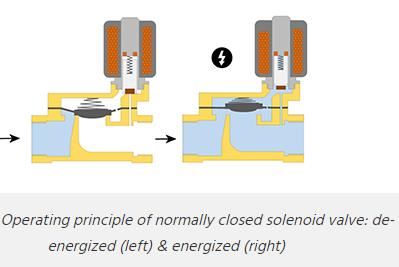
Normally open solenoid valve
For a normally open solenoid valve, the valve is open when de-energized and the media can flow through it. When current is sent to the coil, it creates an electromagnetic field that forces the plunger downwards overcoming the spring force.
The seal is then seating in the orifice and closing it, which prevents media from flowing through the valve. Figure 6 shows the operating principle of a normally open solenoid valve in the de-energized and energized states.
A normally open solenoid valve is ideal for applications that require the valve to be open for long periods of time as this is then more energy efficient.
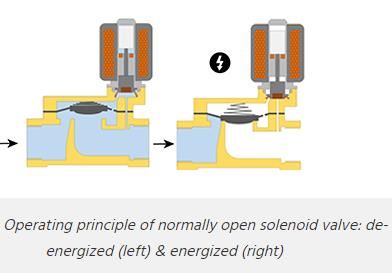
Bi-stable solenoid valve
A bi-stable or latching solenoid valve can be switched by a momentary power supply. It will then stay in that position with no power.
Therefore, it is not normally open or normally closed as it stays in the current position when no power is applied. They accomplish this by using permanent magnets, rather than a spring.



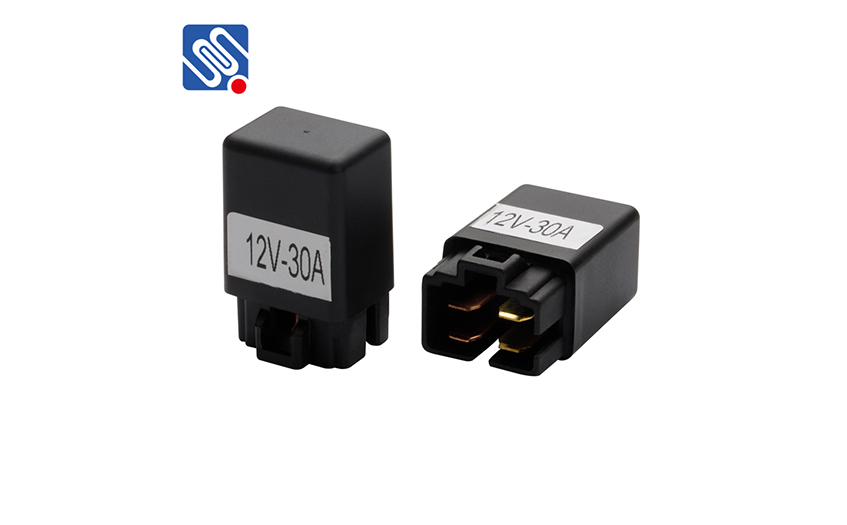
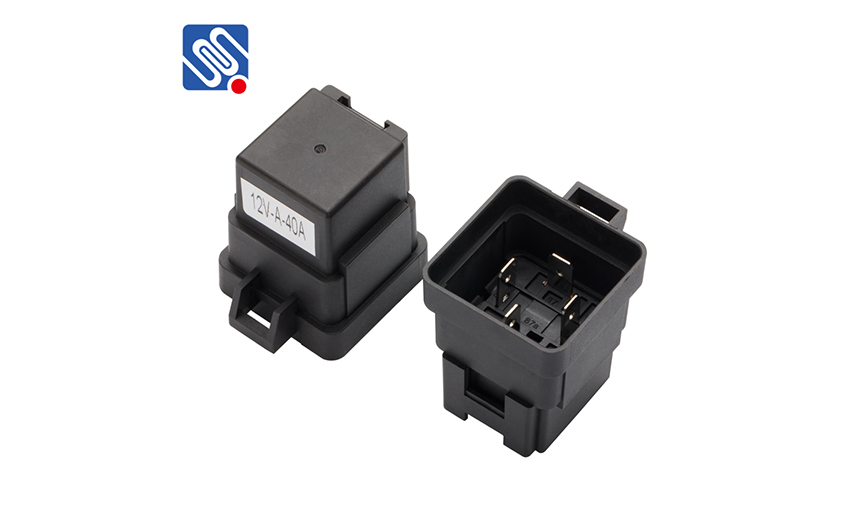
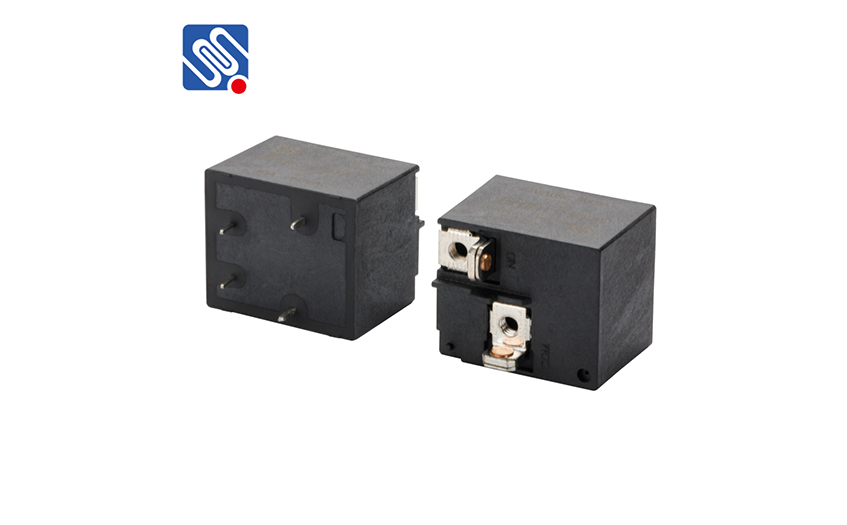
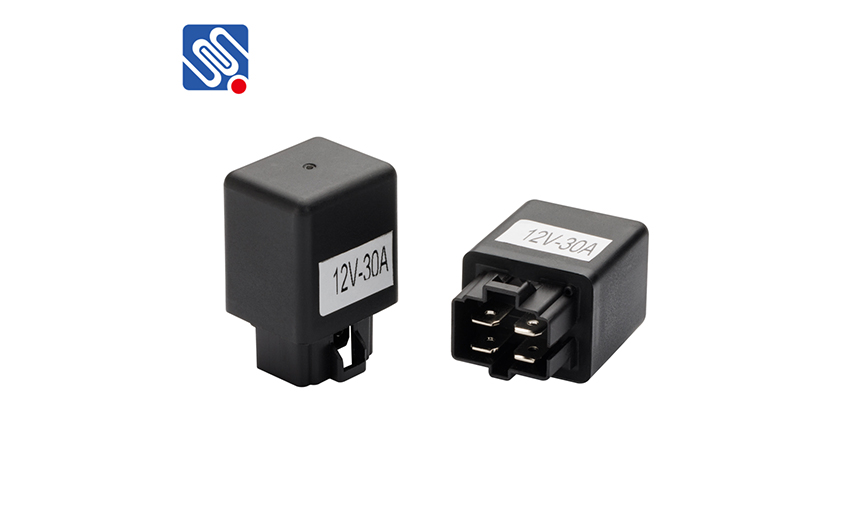
 selena
selena  sales@msrelay.com
sales@msrelay.com 13968707033
13968707033
 +86-577-62518811
+86-577-62518811





